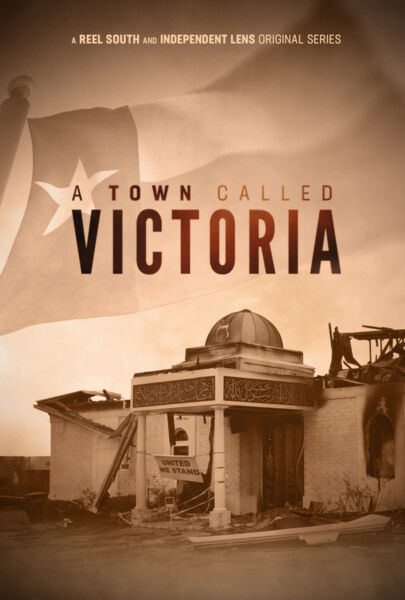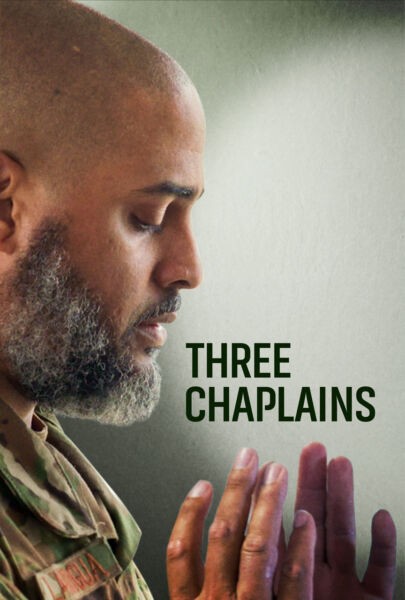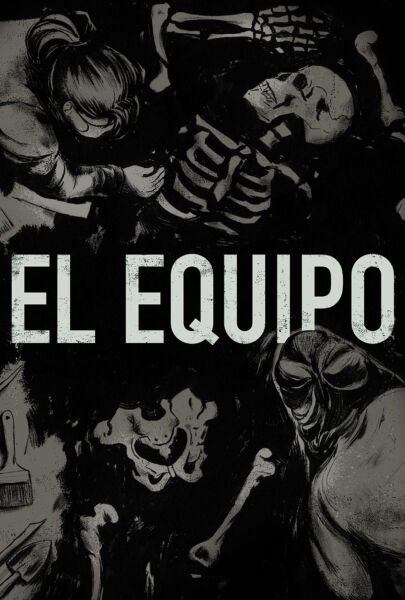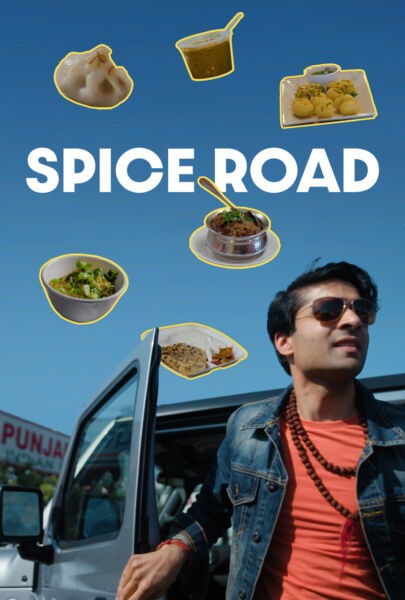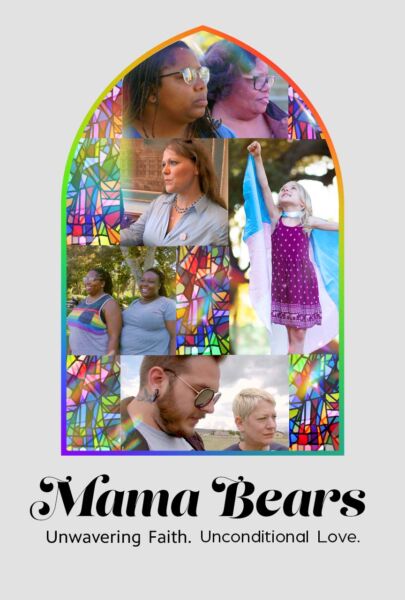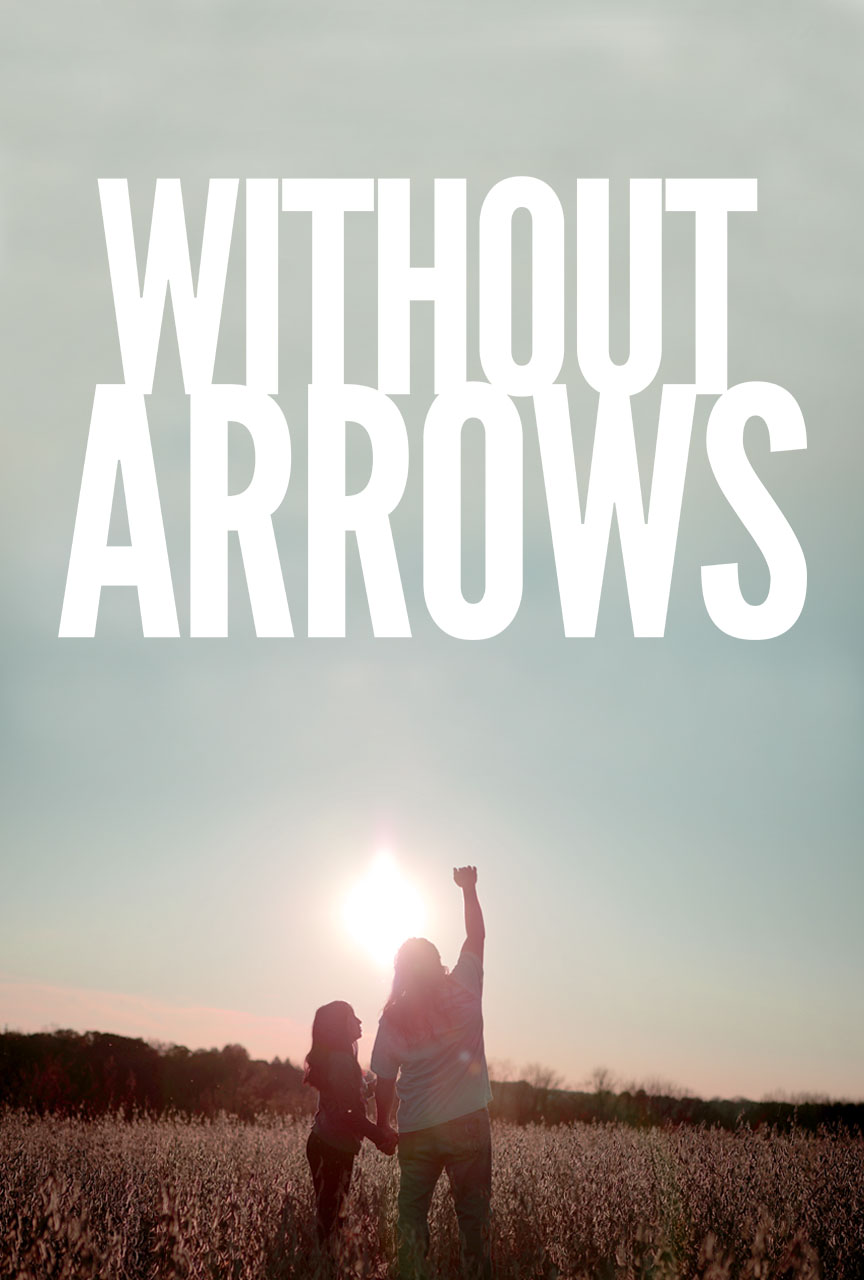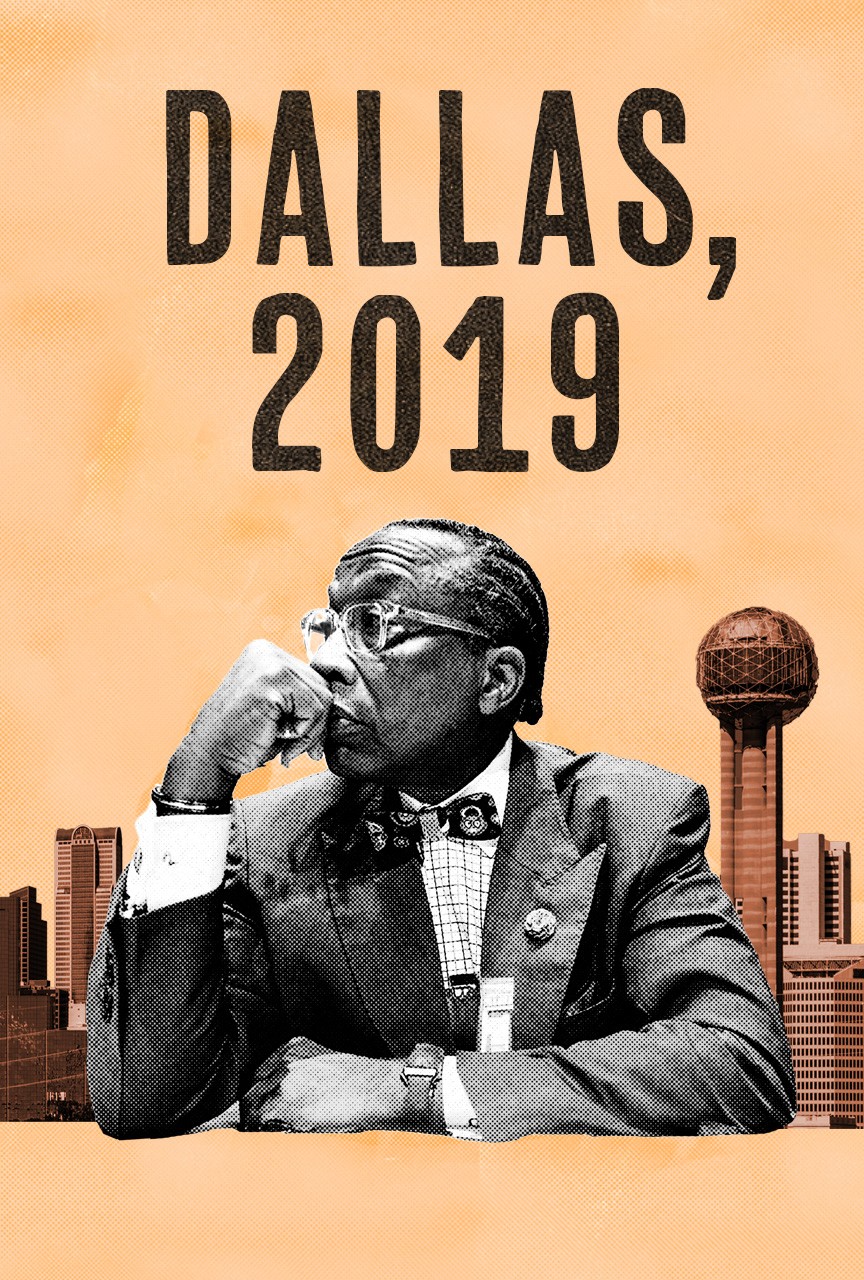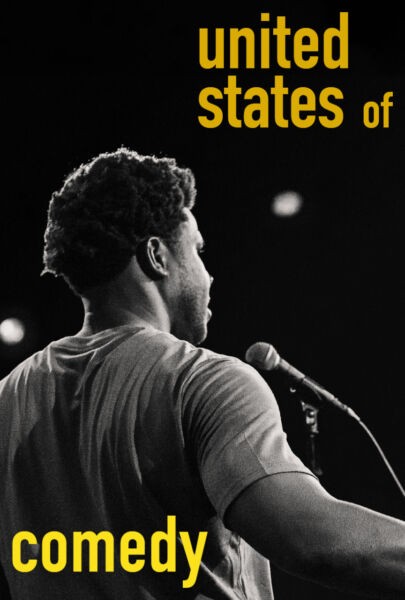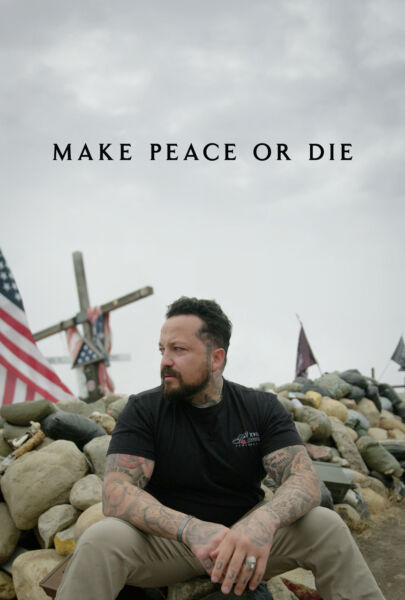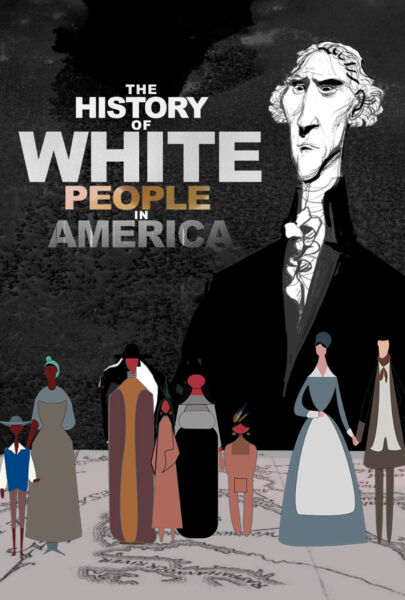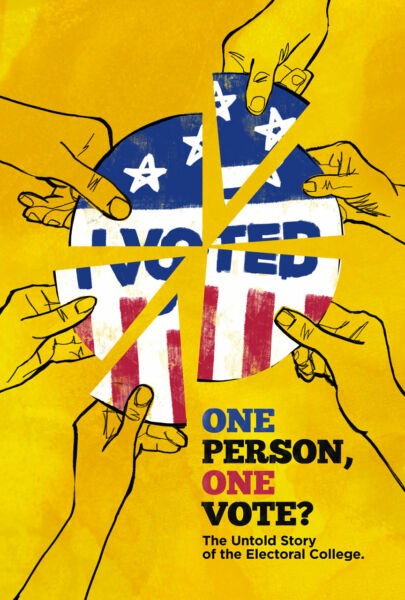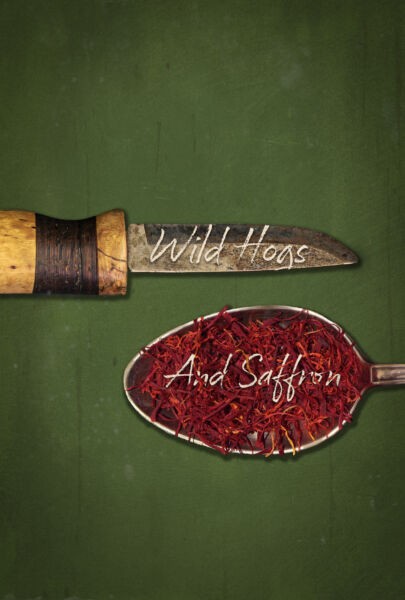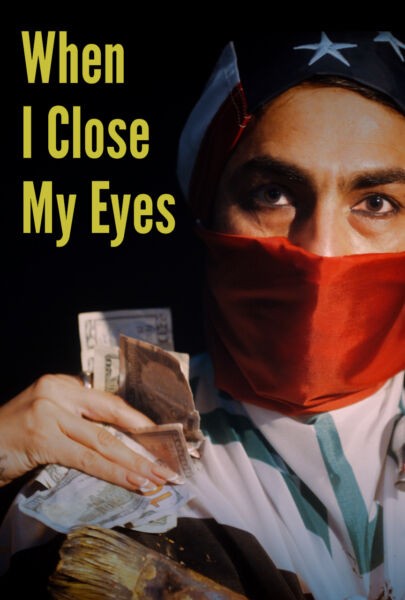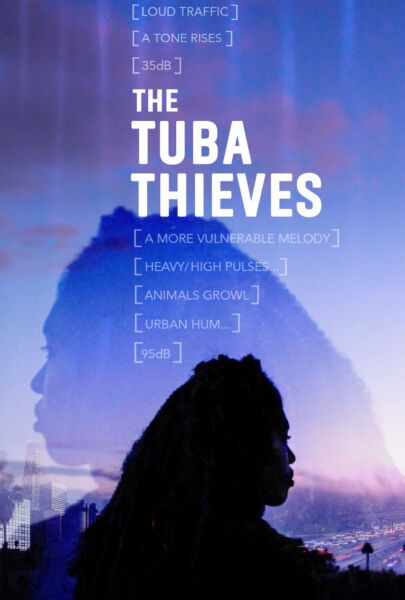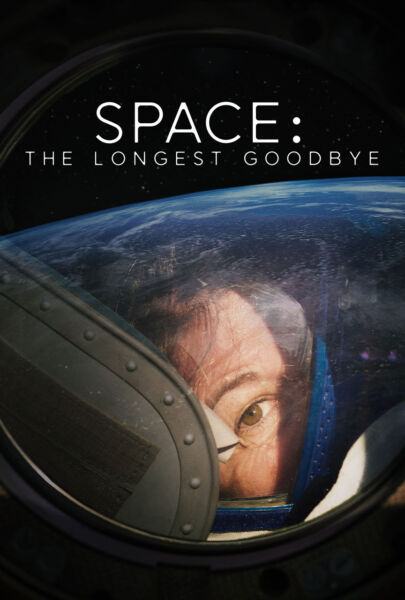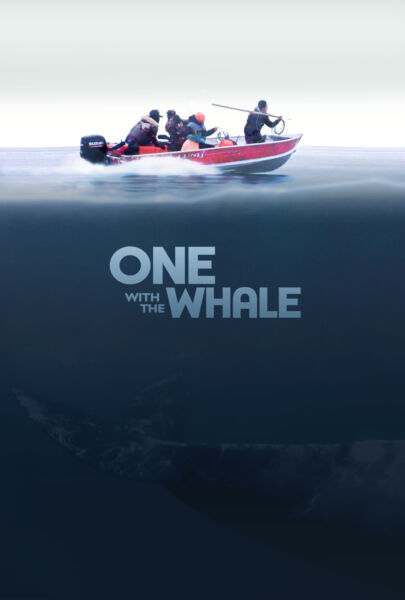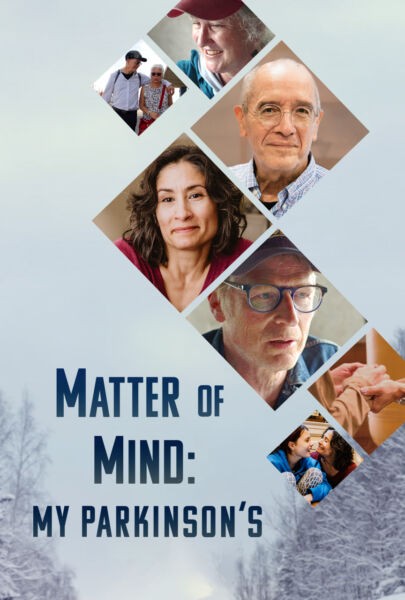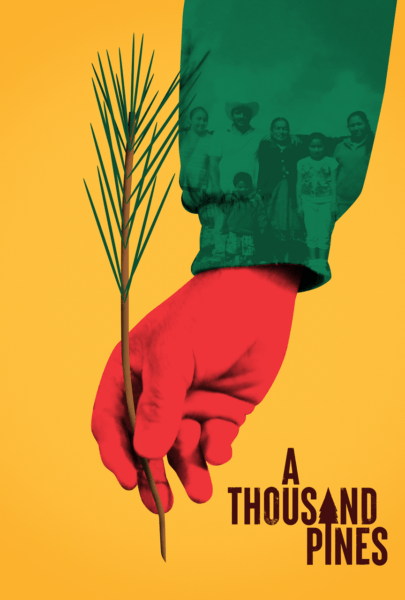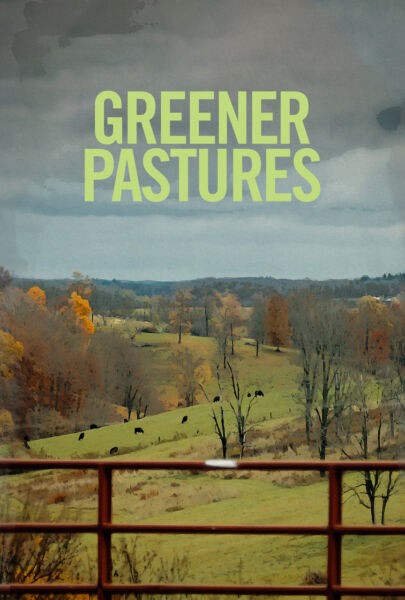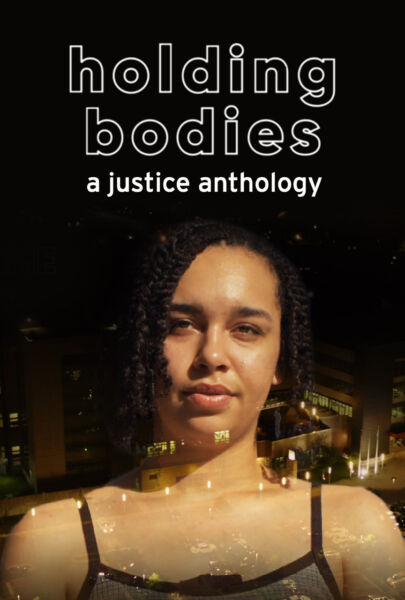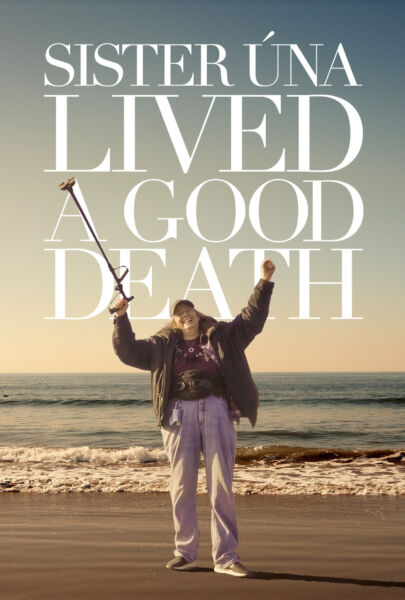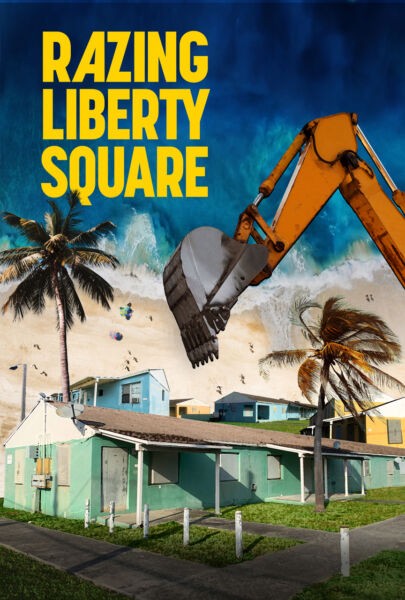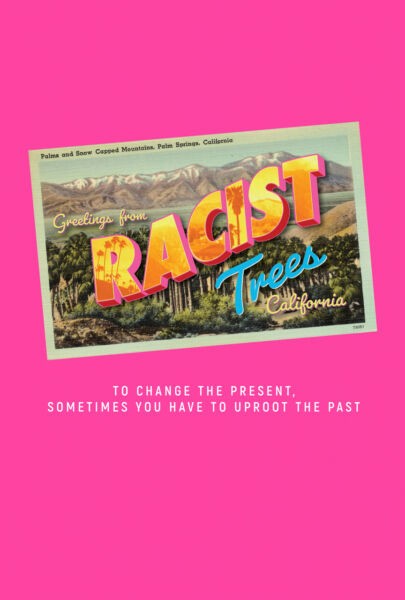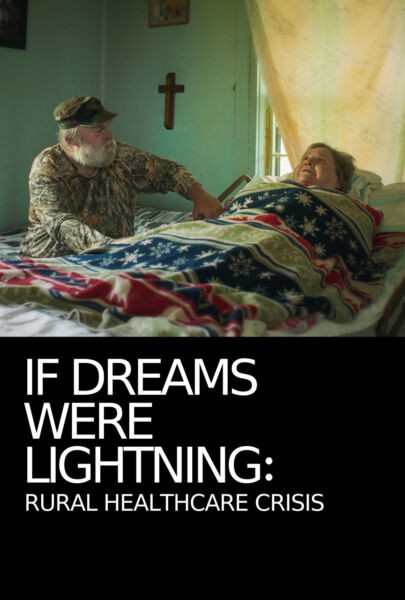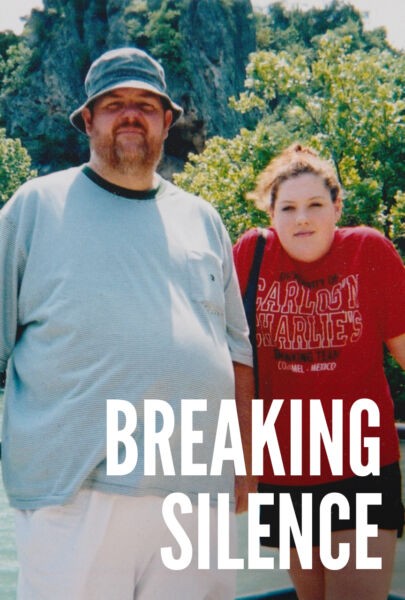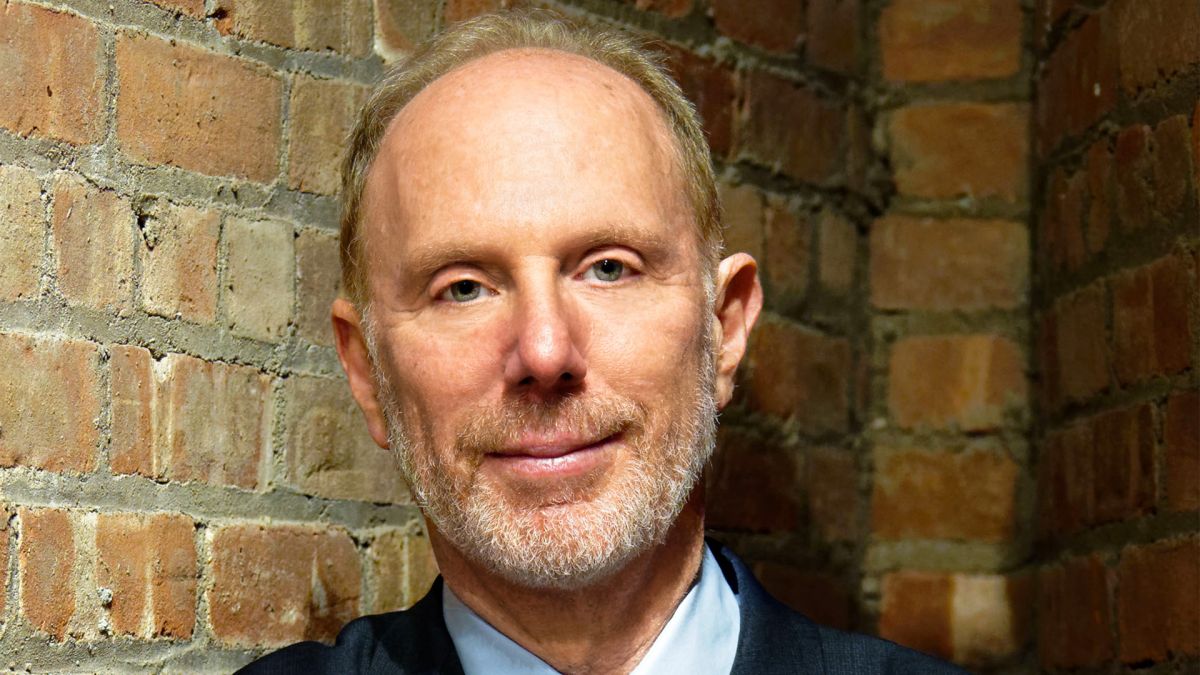
In his film Bedlam, Kenneth Paul Rosenberg, MD follows the lives of three patients who find themselves with a chronic lack of institutional support, while he also weaves in his own story of how the system failed his late sister, Merle, and her battle with schizophrenia. As Rosenberg wrote in a powerful op-ed for the L.A. Times, “To my working-class Jewish parents, Merle’s mental illness was a ‘shanda,’ Yiddish for ‘disgrace,’ something to be hidden and denied if it couldn’t be quickly and quietly fixed. Our secret isolated all of us from potential help in our community — none more than my sister.”
Rosenberg has been making award-winning documentaries since studying both medicine and film in college. After his residency in Psychiatry at the Payne-Whitney Clinic at New York Presbyterian Hospital, he did a Fellowship in Public Health, during which he directed and produced Through Madness, a film on serious mental illness, for PBS.
His film Bedlam is “a damning indictment and a call to action – lucid, harrowing and urgent,” wrote Sherri Linden in the Hollywood Reporter. Adds Emily Wheeler of Film Inquiry, “Bedlam isn’t shy about how many errors we’ve made or how much work it will take to correct our course, but thanks to Rosenberg’s care in crafting this documentary, you’ll leave feeling more resolved for change than bogged down by defeat.”
We talked to Rosenberg about his path to making the documentary, to check in on how the people featured in the film are faring today, and to discuss what coping with a pandemic like COVID-19 has meant for the mental health community and for filmmakers.
What led you to want to make this film?
Over the years I have come to see that my family’s tragedy is an American tragedy. My family’s shame is America’s great secret. Fifteen million American families live with serious mental illness, and yet the resources and options for the severely mentally ill are limited and grossly inadequate.
In America, the three largest providers of mental health care are our three largest jails. This dire situation is the result of the defunding and dismantling of mental institutions across the country, which began in the 1950s and culminated in the 1980s. As local psychiatric hospitals and clinics have closed, the psychiatric emergency room is now a mainstay of treatment.
By 2011, I was desperate to understand how my profession and my country had so often abandoned our sickest citizens. So I returned to the city where I’d begun my psychiatry training twenty-five years prior, Los Angeles, California, where 20,000 mentally ill people live on the streets, the largest mental institution in the United States is the LA County Jail, and the only refuge for many is the emergency room at the LAC+USC Medical Center. There, in the epicenter of the crisis, I began my chronicle of what it means to live with mental illness in America today.
I had the good fortune of working with some amazing filmmakers. First and foremost, the acclaimed producer Peter Miller who brought his brilliant skills to every aspect of our film, cinematographers Joan Churchill and Alan Barker, and our editor Jim Cricchi and additional editor James Holland. The credit for Bedlam really belongs to this team.
Our goal in making the film is to transform the way the nation treats people with serious mental illness so that they, unlike my sister, might have a chance to live with dignity and purpose. It is to change our insane approach to mental illness.

Kenneth Paul Rosenberg at his sister Merle’s Sweet 16 party, with sister Gail, right
Who do you hope your film impacts the most?
We hope people will be moved by the stories in the film, and it will help spark conversations that will allow us to overcome shame and stigma, and come together an undaunted, unashamed community to insist on change.
As we made the film itself, we simultaneously developed an intensive national and community-based engagement campaign in collaboration with leading national and local organizations addressing the crisis in mental health care, along with our broadcast partners ITVS and Independent Lens. In dozens of events, screenings, and discussions across the country over the past year since we completed the film, we and our partners have drawn on the film to spark conversations to help build awareness and understanding of the crisis in care for the people with serious mental illness.
We intend to keep this work going through the broadcast and beyond, to reach a wide, mainstream audience, including families directly impacted by the crisis, to broaden the dialogue and support urgently needed change.
What was a big challenge you had to overcome to make Bedlam?
Allowing myself to participate as one of the storytellers in the film. Now that the film is done, and has been shared with audiences, I cannot imagine how I could have told it any other way.
Can you talk a little about how being in a pandemic period has affected how mental health care is approached in the U.S.? Or at least from your own experiences this past month, how can we support the vulnerable?
People are hurting right now. Anxiety disorders are real health emergencies that can cause psychological symptoms as well. A pandemic is the perfect weapon to heighten these disorders or set them off in previously healthy people. Social distancing, which is the best tool we have to fight new infections, risks leaving people profoundly isolated.
People with serious mental illness are especially vulnerable, compounded by the criminalization of mental illness, in which so many people who need care are incarcerated. The crisis of homelessness, in which people with serious mental illnesses are living on the streets or in crowded shelters, puts tens of thousands of our sickest citizens in the absolute worst conditions for enduring the pandemic.

Physician attending to a patient with serious mental illness, in Los Angeles, in Bedlam
And for that matter, how are those trying to make documentary films coping during COVID-19? It must be extremely challenging to be productive, to produce work, right now…
In addition to my filmmaking work, I have a full-time medical practice, and my work with patients has been especially busy during this challenging time, and has had to shift mostly online, which has been an adjustment. Much filmmaking work is, of course, on hold right now, and I feel for my documentary colleagues who are unable to produce their films.
The work of documentary involves being on location, meeting with subjects, and working closely together in edit rooms — all of that is impossible right now. Documentarians also depend on arts funding and philanthropy, and we are all concerned about how the economic fallout of this pandemic will impact the financial health of our field. Most important of all, we’re profoundly concerned about our colleagues and friends, as well as our film subjects, who have been impacted personally by this awful disease.
How did you gain the trust of the people featured in Bedlam, to reveal their very intimate and personal stories?
I have been overwhelmed by the generosity and kindness of the patients and families with whom we filmed, who in the midst some of the most difficult challenges imaginable, were willing to share their time and stories with us. I always approached the subjects of the film as participants in telling their stories, rather than as subjects.
I began making the film without knowing that my family’s story would be a part of the narrative of the documentary. But as I began to document the lives of the people in our film, I realized that at the heart of the story is the need to overcome shame and stigma. With the participation of my filmmaking team—including my producing/writing partner Peter Miller, our cinematographer Bob Richman, and my life partner, the great documentarian Lynn Novick—I returned to Philadelphia to my childhood home, to examine how my family’s own experiences could help frame the broader stories in our film.
To be willing to tell my story meant overcoming the shame and stigma that so many family members confront.
And can you give us some updates on the characters featured in the film? Whatever you are comfortable sharing…
Monte’s sister arranged for conservatorship and I visited him a little over a month ago — he’s doing extremely well.
Johanna is living with her mother, and doing well after a lengthy hospitalization.
Delilah is finishing her first year of college.
I last saw Todd about a year ago on Skid Row, and have been unable to find him since, but heard through his housing counselor that he’s hanging in there.
What would you have liked to include in Bedlam that didn’t make the cut?
We filmed for over five years and could have continued indefinitely, chronicling the lives of the people in the film as well as a growing movement to address the crisis of care for people with serious mental illness. This film presents the experiences of a small number of patients and families, in the context of a brief history of the present crisis, and it reveals just the tip of a very large iceberg. This is a subject that deserves many films and much more time on public television.
While completing the film, I also wrote a book, also called Bedlam, which was published by Penguin Random House and released prior to the broadcast, that goes into much more detail both about the history as well as possible solutions and responses to the crisis.
Maybe it’s hard to choose but do you have a part of Bedlam that was especially impactful on you?
Over the course of making the film, I witnessed what I believe are the beginnings of a national movement to address this crisis. Two years after starting work on the film, and after meeting and filming with her brother Monte in the ER, I witnessed Patrisse Cullors co-found one of the most important civil rights organizations of our time, Black Lives Matter. In our film, in her work, and in her bestselling memoir, Patrisse acknowledges that all of her activism stems from her work to help her brother.
The very last scene we shot for the film was of Patrisse and fellow activists stopping the construction of a massive “mental health jail” in Los Angeles. I hope that this victory signals a change in the direction of our country’s approach to the criminalization of people living with serious mental illness.
What are three of the documentaries that influenced you the most?
High School (Wiseman), The Vietnam War (Novick and Burns), Jews and Baseball (Miller).
What advice do you have for aspiring filmmakers?
Recognize the enormous power that this medium has to shape public perception and change lives. With the great privilege of telling people’s stories comes an equal responsibility to honor them with truthful and collaborative storytelling.


